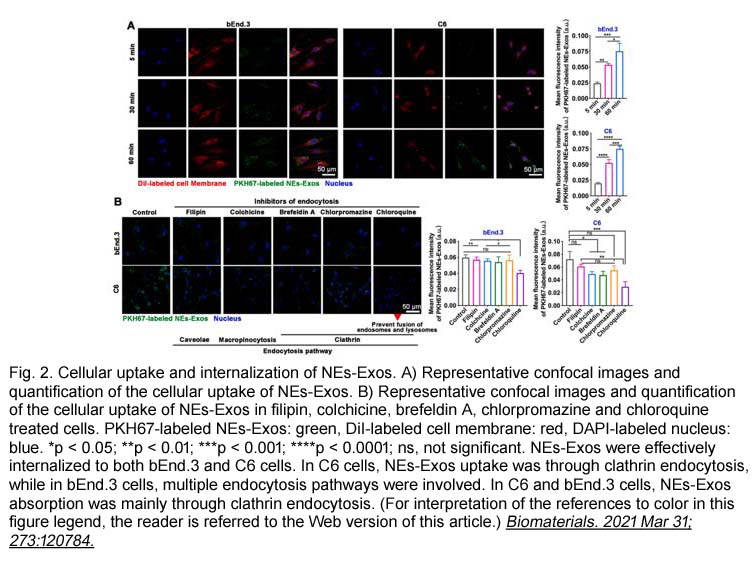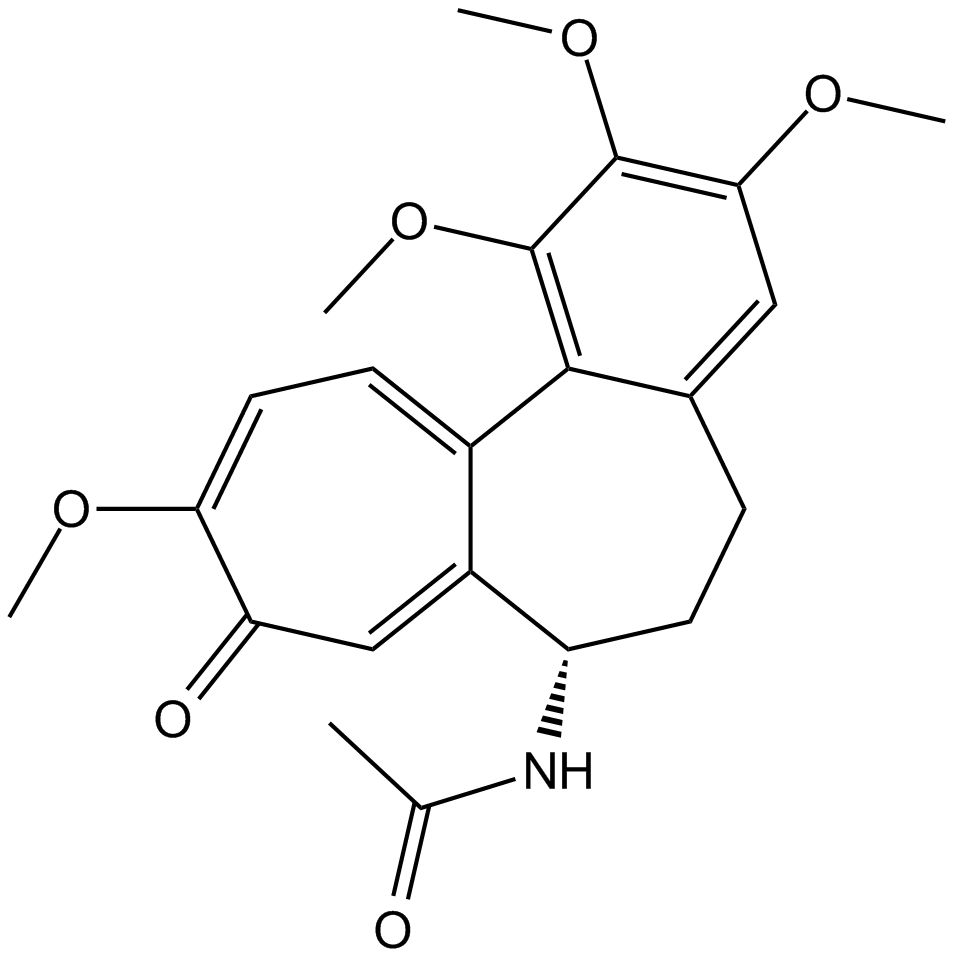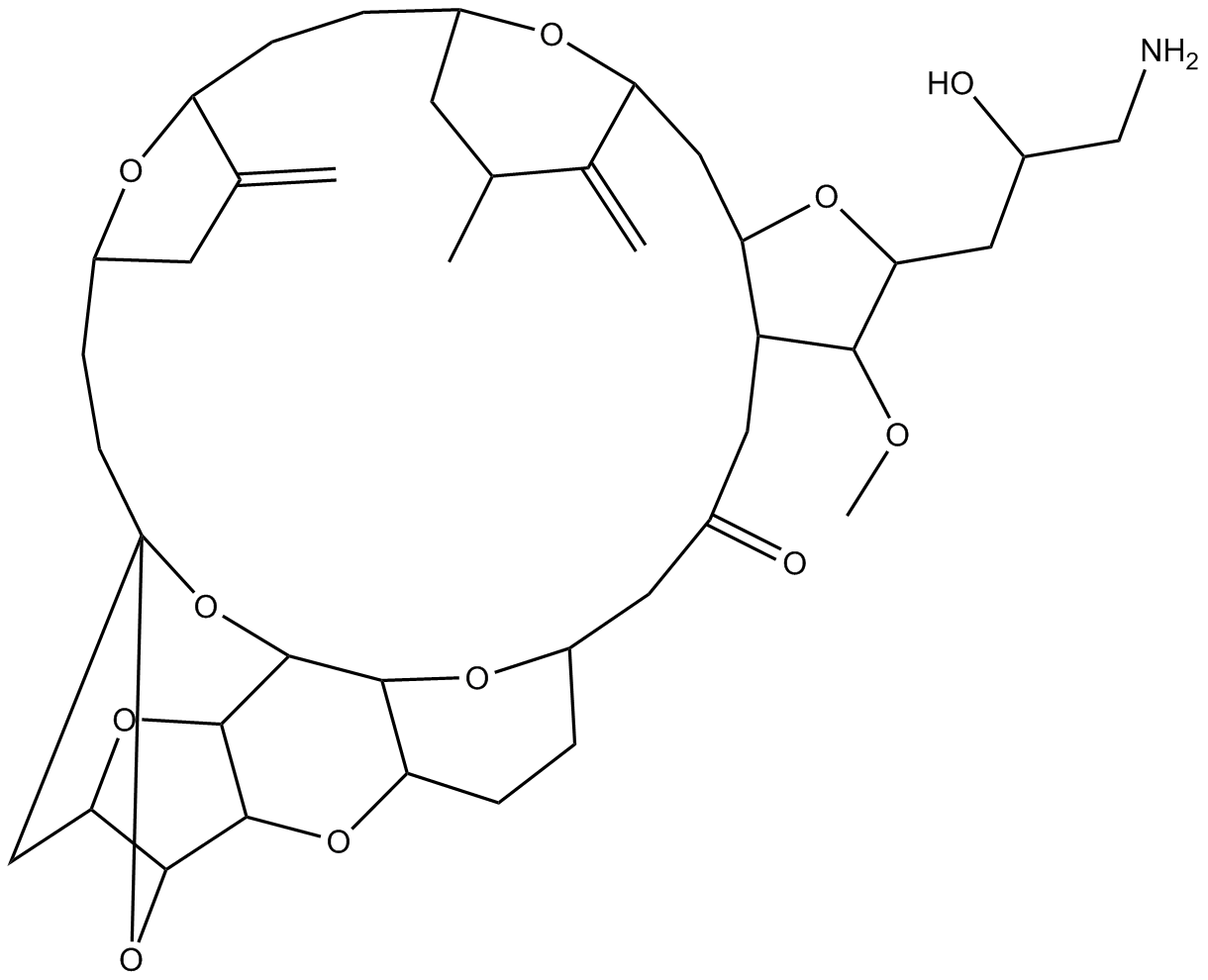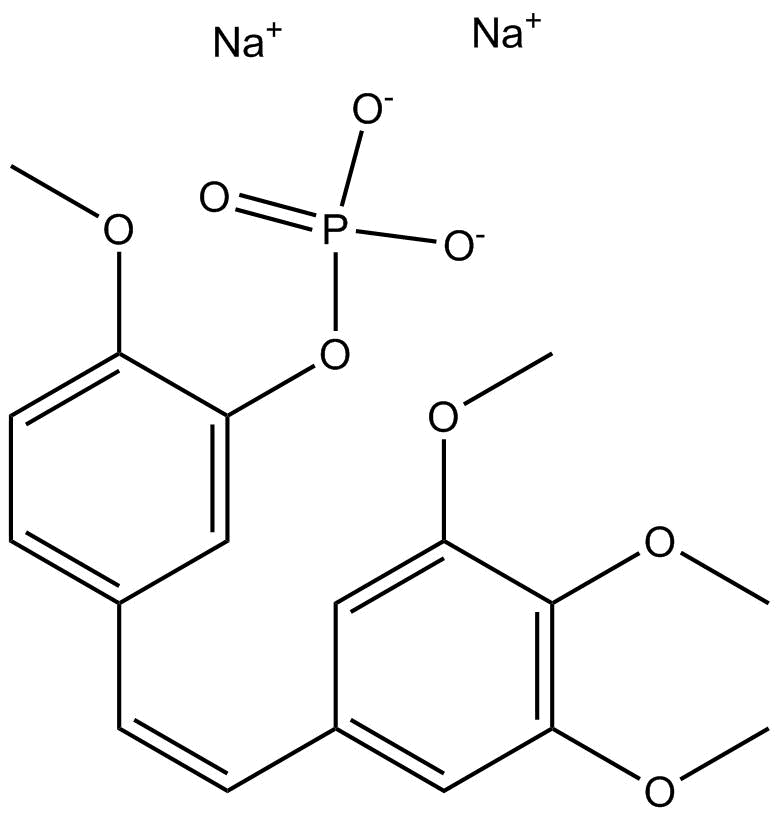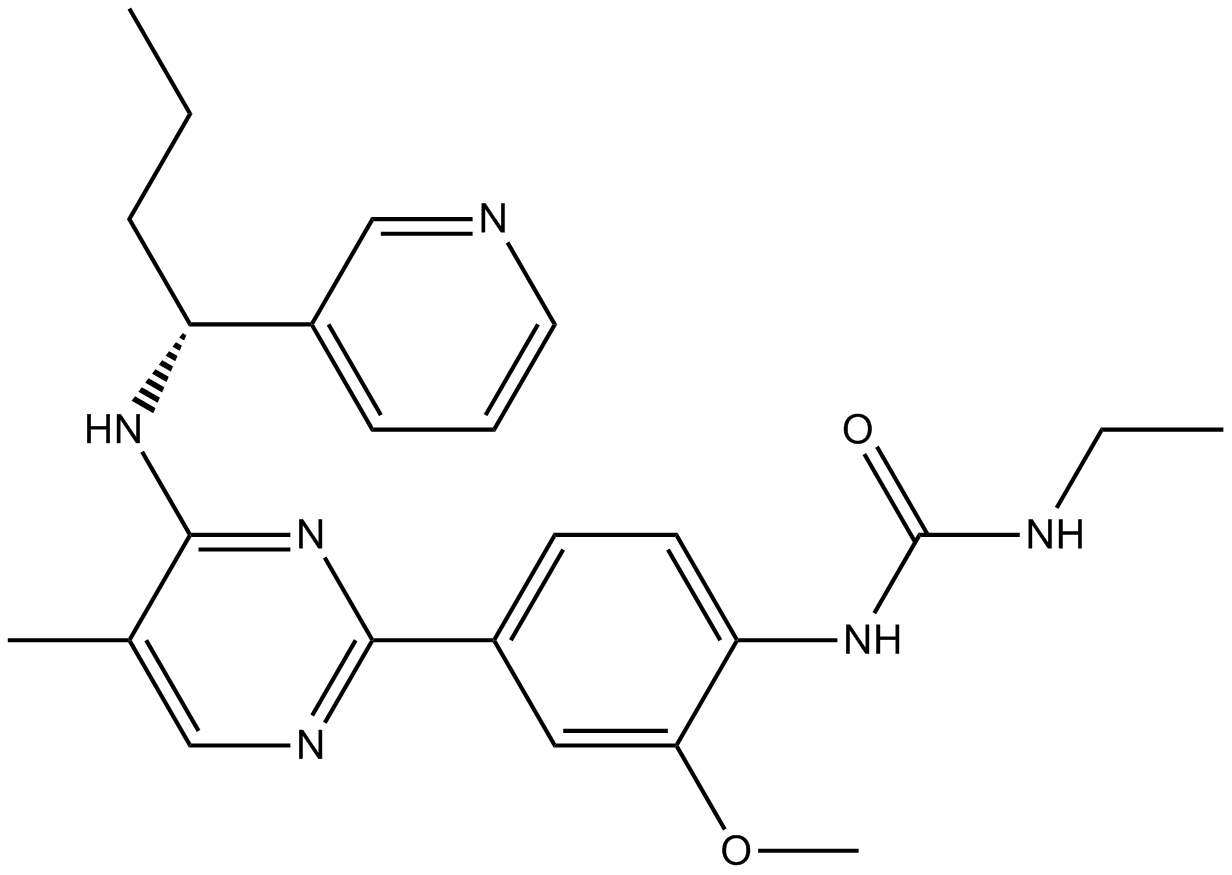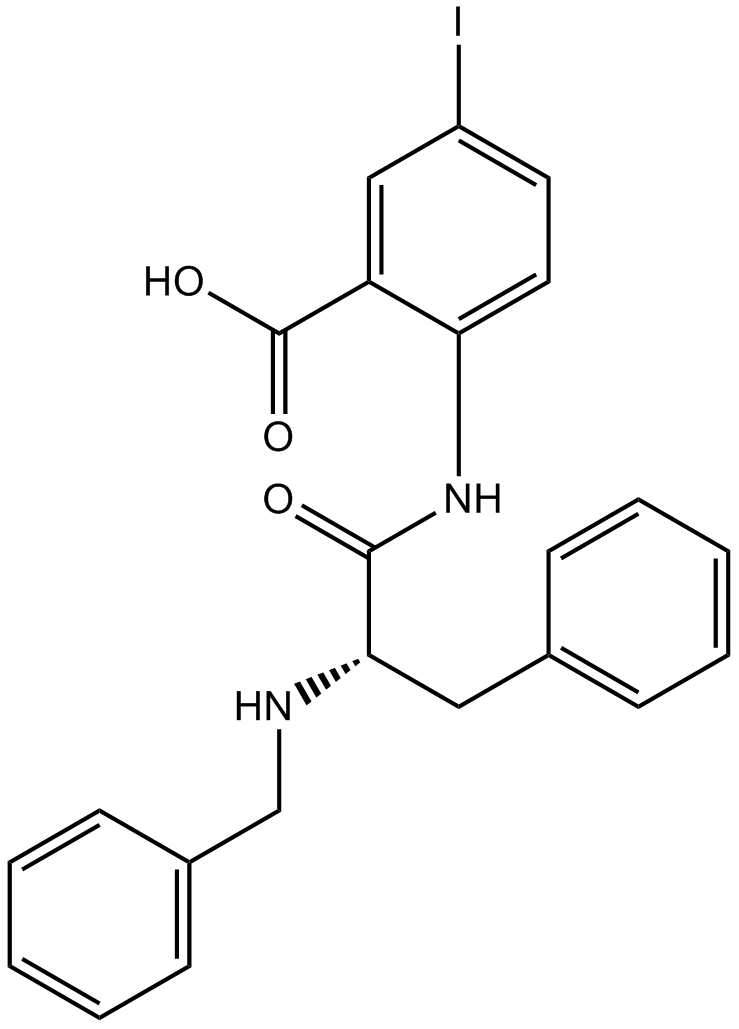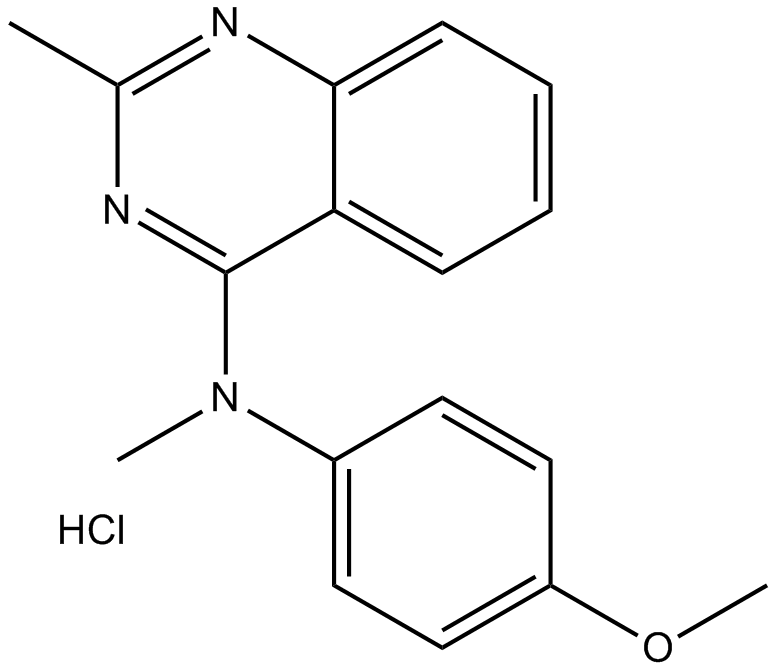Colchicine
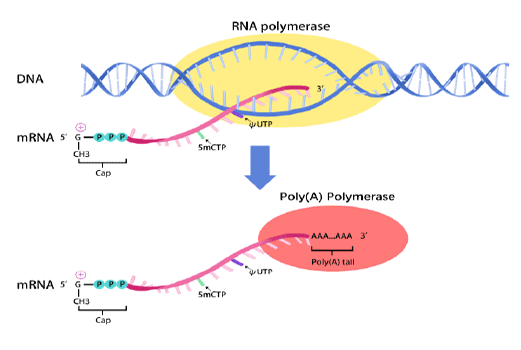
mRNA synthesis
In vitro transcription of capped mRNA with modified nucleotides and Poly(A) tail
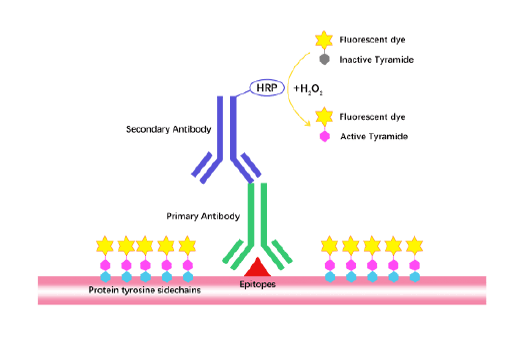
Tyramide Signal Amplification (TSA)
TSA (Tyramide Signal Amplification), used for signal amplification of ISH, IHC and IC etc.
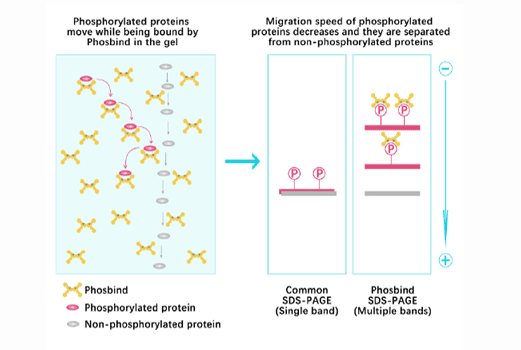
Phos Binding Reagent Acrylamide
Separation of phosphorylated and non-phosphorylated proteins without phospho-specific antibody
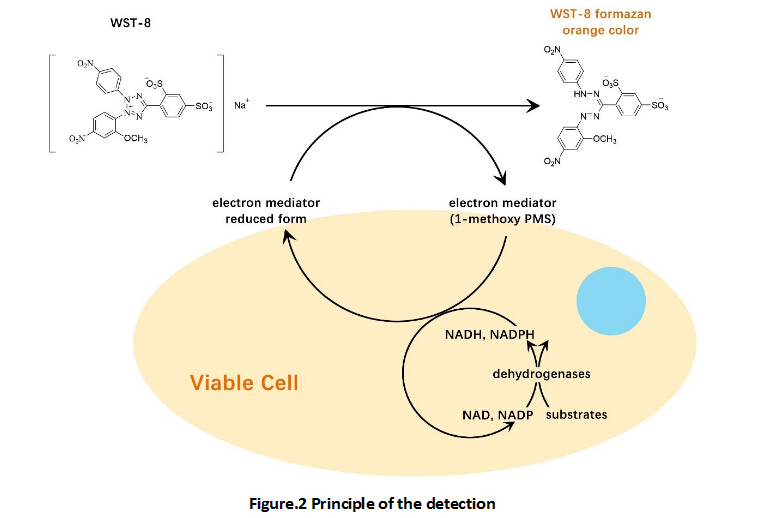
Cell Counting Kit-8 (CCK-8)
A convenient and sensitive way for cell proliferation assay and cytotoxicity assay
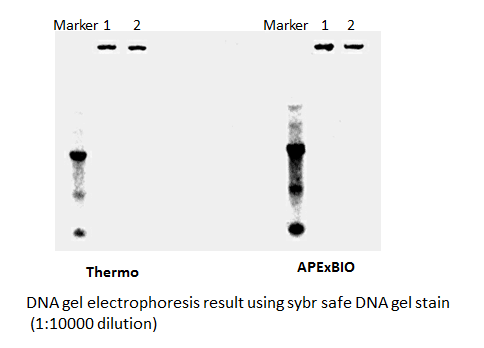
SYBR Safe DNA Gel Stain
Safe and sensitive stain for visualization of DNA or RNA in agarose or acrylamide gels.
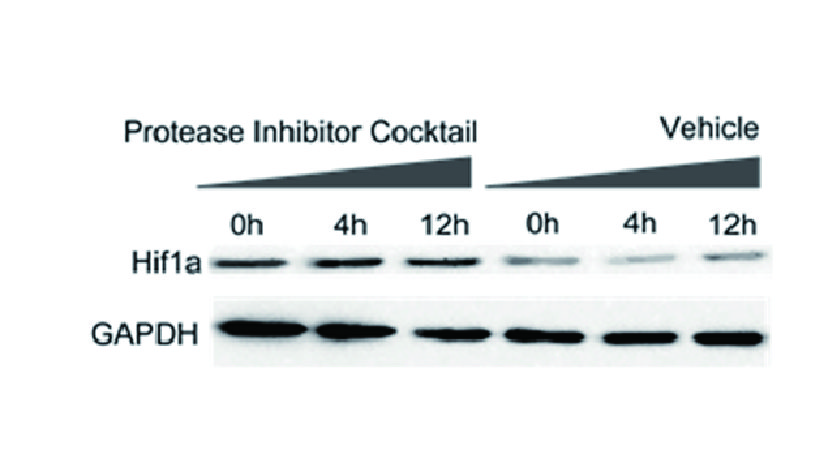
Inhibitor Cocktails
Protect the integrity of proteins from multiple proteases and phosphatases for different applications.
秋水仙碱(colchicine)是一种微管蛋白抑制剂,通过与微管蛋白结合阻断微管的聚合(IC50 = 3.2 μM).
微管蛋白是球状蛋白小家族中的一员.微管蛋白超家族包括五个不同的家族.α和β微管蛋白二聚体结合到GTP,在GTP结合态,组装在微管的(+)端,从而形成微管[1].β微管蛋白亚基暴露在微管的正端,α微管蛋白亚基暴露在负端.当二聚体并入微管后,结合于β-微管蛋白亚基的GTP分子通过二聚体间沿微管原丝的接触,最终水解成GDP[2].这就是对微管的动态不稳定性起必要作用的GTP周期.
秋水仙碱(colchicine)通过结合到微管蛋白抑制微管的聚合,微管蛋白是微管的主要成分之一.微管蛋白的有效性是有丝分裂的关键,因此,秋水仙碱(colchicine)作为”有丝分裂抑制剂”或纺锤体毒素起效[3].有丝分裂在完成之前,处于细胞周期的近有丝分裂中期(特别是中期)时被阻断.除了抑制有丝分裂,秋水仙碱(colchicine)还抑制嗜中性粒细胞的运动和活性,在痛风性关节炎小鼠模型中,剂量为5 μmol/kg的秋水仙碱(colchicine)具有净抗炎活性;秋水仙碱(colchicine)还可抑制尿酸的沉积,这是痛风治疗的一个关键方面[4].副作用主要有胃肠道不适和中性粒细胞减少.高剂量也会损害骨髓,导致贫血,也会引起脱发.
参考文献:
1. Heald R, Nogales E. "Microtubule dynamics". J. Cell. Sci. 2002,115 (Pt 1): 3–4.
2. Howard J, Hyman A. "Dynamics and mechanics of the microtubule plus end". Nature 2003,422 (6933): 753–8.
3. "Information for Healthcare Professionals: New Safety Information for Colchicine (marketed as Colcrys)". U.S. Food and Drug Administration.
4. Chen LX, Schumacher HR. "Gout: an evidence-based review". J Clin Rheumatol 2008, 14: S55–62.
5. Colchicine. National Institute for Occupational Safety and Health. Emergency Response Safety and Health Database, August 22, 2008. Retrieved December 23, 2008.
| Physical Appearance | A solid |
| Storage | Store at -20°C |
| M.Wt | 399.44 |
| Cas No. | 64-86-8 |
| Formula | C22H25NO6 |
| Solubility | ≥19.97 mg/mL in DMSO; ≥45.5 mg/mL in H2O with gentle warming; ≥50.8 mg/mL in EtOH with gentle warming |
| Chemical Name | N-[(7S)-1,2,3,10-tetramethoxy-9-oxo-6,7-dihydro-5H-benzo[a]heptalen-7-yl]acetamide |
| SDF | Download SDF |
| Canonical SMILES | COC1=C(C(C([C@@H](NC(C)=O)CC2)=C3)=CC=C(OC)C3=O)C2=CC(OC)=C1OC |
| 运输条件 | 蓝冰运输或根据您的需求运输。 |
| 一般建议 | 不同厂家不同批次产品溶解度各有差异,仅做参考。若实验所需浓度过大至产品溶解极限,请添加助溶剂助溶或自行调整浓度。溶液形式一般不宜长期储存,请尽快用完。 |
| Cell experiment:[1] | |
|
Cell lines |
Rat cerebellar granule cells (CGCs) |
|
Reaction Conditions |
1 μM colchicine for 12 ~ 24 h incubation |
|
Applications |
Exposure to 1 μM colchicine, a microtubule disrupting agent, triggered apoptosis in rat CGCs. Apoptotic nuclei began to appear after 12 h followed by oligonucleosomal DNA laddering, whereas inhibition of the mitochondrial 3-(4,5-dimethylthiazol-2-yl)-2,5-diphenyltetrazoliumbromide metabolism became significant between 18 and 24 h, when most cells already had apoptotic nuclei. |
| Animal experiment:[2] | |
|
Animal models |
Male C57BL/J6 mice, aged 8 ~ 12 weeks |
|
Dosage form |
5 μmol/kg Administered orally |
|
Applications |
Oral colchicine inhibited monosodium urate (MSU)-induced superoxide production by neutrophils in vivo at doses 100 times lower than those required to inhibit neutrophil infiltration and without acute liver or renal toxicity. Neutrophils treated with colchicine in vivo still produced superoxide in response to another stimulus, 4-β-phorbol-12-myristate-13-acetate. These results show a beneficial effect of colchicine for the treatment of MSU-induced superoxide production in vivo at sub-toxic doses without compromising superoxide production by other physiological processes. |
|
Note |
The technical data provided above is for reference only. |
|
References: 1. Bonfoco E, Ceccatelli S, Manzo L, et al. Colchicine induces apoptosis in cerebellar granule cells. Experimental Cell Research, 1995, 218(1): 189-200. 2. Chia EW, Grainger R, Harper JL. Colchicine suppresses neutrophil superoxide production in a murine model of gouty arthritis: a rationale for use of low-dose colchicine. British Journal of Pharmacology, 2008, 153(6): 1288-1295. |
|
质量控制和MSDS
- 批次:
化学结构
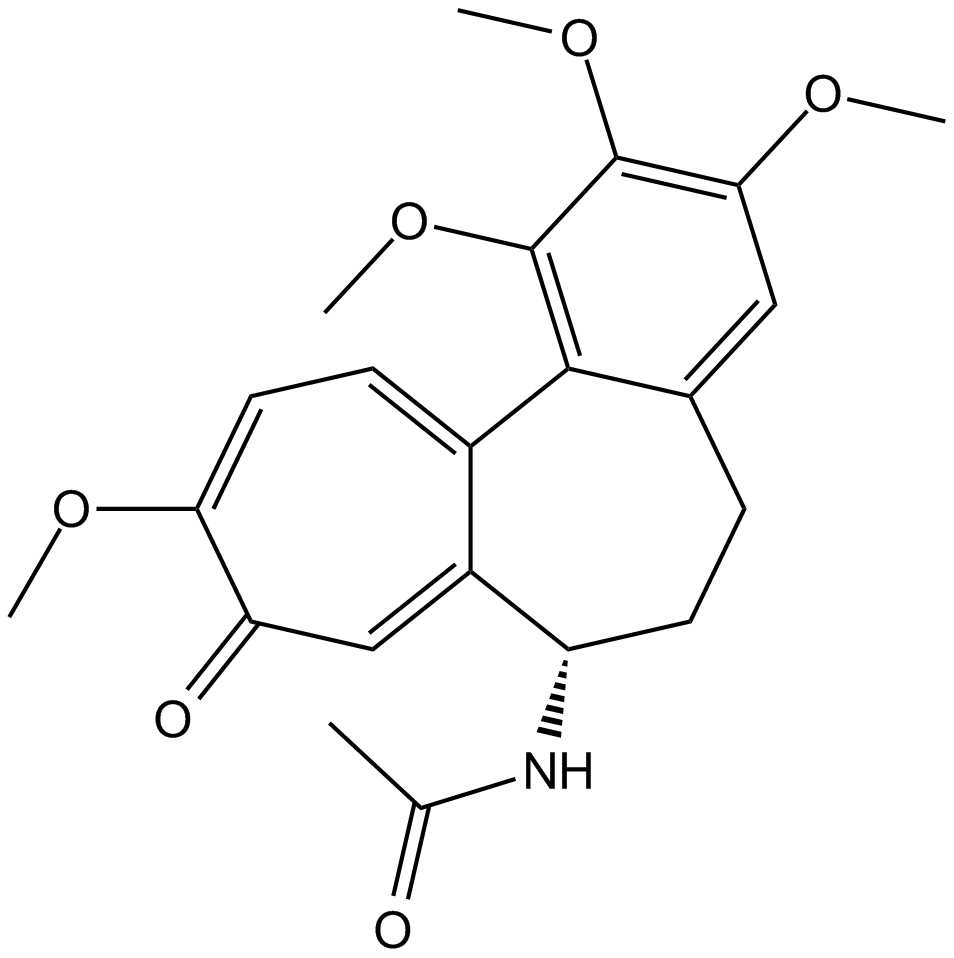
相关生物数据
